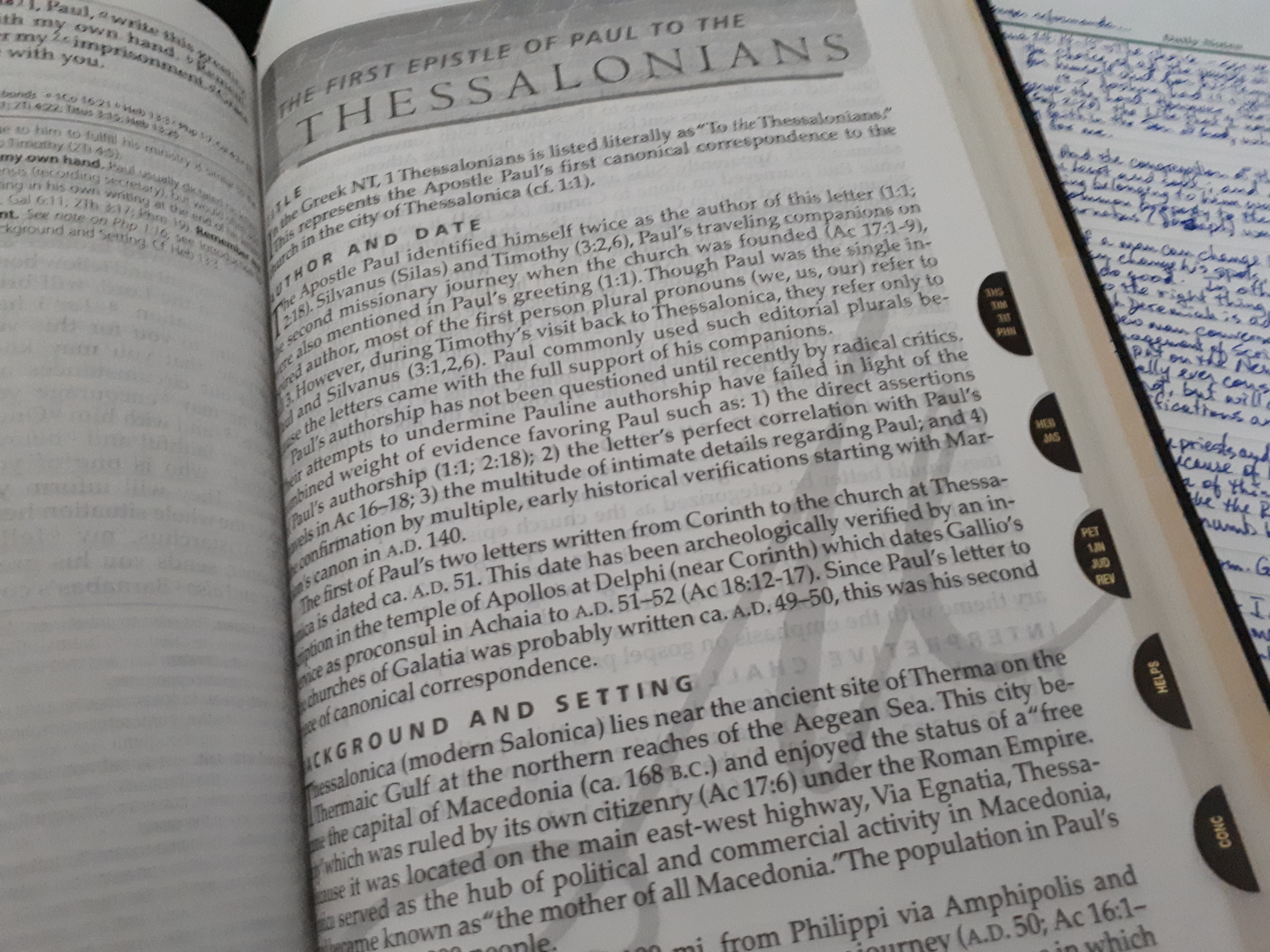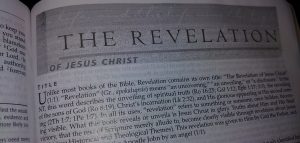
Thessalonica is located in the northernmost part of the Aegean Sea. In 168 BC, it became the capital of Macedonia, and enjoyed the status of “free city” under the Roman Empire, meaning that it was ruled by its own citizens. Its location on the main Roman road of Via Egnatia, it became the hub of political and economic hub of the region, eventually becoming known as the “mother of all Macedonia.” It’s population during Paul’s era was about 200,000, making it a major metropolitan area.
Interestingly, Paul’s penchant for picking activity hubs for places to preach the gospel continues here. Invariably, a new and thriving church gathering or gatherings was the result. I think we could learn a thing or two today about picking places where people congregate as places to focus evangelistic efforts in terms of organic growth of the body of Christ.
Paul originally travelled about 100 miles from Philippi to Amphipolis and Apolonia to Thessalonica on his second missionary journey (Acts 16:1-18:22, circa AD 50). Paul at that time had an established habit of going to the local synagogue where he would teach the local Jews the Gospel. On that occasion, he had a dialogue with them about Old Testament Scriptures that demonstrated Christ’s death and resurrection to prove that Jesus of Nazareth was the promised suffering Messiah prophesied in Isaiah, among other places. Some of those Jews believed and were converted, and soon after that some of the wealthy women, and included in those rolls of new converts to the Way were Jason, Gaius, Aristarchus (who we just read about in Colossians), and Segundus.
Because of the effectiveness of their evangelistic efforts, the Jews that were NOT converted to the Way had Paul’s team evicted from the city, so they went south, preaching the Gospel as they went, hitting Berean and Athens, where Paul was joined by Timothy and Silas. Timothy was sent back to check on the Thessalonians, while Silas went to Philippi, and Paul travelled on to Corinth, where the other two gentlemen at some point rejoined him. Paul’s letter is in response to the good report Timothy gave him of the gathering there.
The letter itself is perhaps the first letter Paul wrote (although there is a good possibility that might have been that angry letter to the Galatians). I found good scholars on both sides of that, so I will simply give you the information and let you make up your own mind. It is most often seen as the first letter Paul wrote that we have record of, and he wrote it from Corinth, before his Roman imprisonment. It is not doctrinal, has no element of controversy and is one of the most gentle and affectionate of Paul’s letters. It is notable for its special salutations and refers to their expectations of the immediate return of Jesus.
From my reading, I see five basic themes, which I will try to remember to highlight as we go through the book itself. Those are:
- An apologetic theme, with a historical correlation between the book of Acts and 1 Thessalonians.
- An ecclesiastical theme, seen here in the letter as a healthy and growing church.
- A pastoral theme with examples of shepherding activities and attitudes.
- An eschatological theme with the focus on future events as the church’s hope.
- A missionary theme with an emphasis on evangelism and church planting.
Paul identifies himself as author of the letter in the book in two places, those being 1:1 and 2:8. Paul’s authorship of this letter has not been questioned until recently by radical critics. John MacArthur points out that their “attempts to undermine” Paul’s authorship of this letter fail when the accumulation of the following evidence is considered:
- Paul directly asserts his authorship in the text.
- The historical correlation of the letter with Paul’s known travels.
- The multitude of personal details regarding Paul in the letter itself.
- The confirmation of multiple early historical verifications, which begin in AD 140 with Marcion’s canon.
If you are curious, I think this is Paul’s second letter, the Letter to the Galatians being first. There is some archaeological evidence that comes from the temple of Apollos at Delphi that dates Gallio’s service as proconsul in Achaia to AD 51-52. This corresponds with a passage in Acts (18:12-17), which is during the time frame of this letter. The letter to Galatia, on the other hand, is thought to have been written around AD 49-50, which would make this Paul’s second piece of canonical correspondence.
Just before we get into the book proper, I should tell you that there are things in this book that people are of differing opinion about. I can only tell you what I am persuaded of, and I can’t even always tell you why, but it comes down to something called hermeneutics, the science of interpreting the Scriptures. I once saw a diagram that can give you a sense of how hermeneutics will affect your understanding of the Bible presented by the late Dr. Chuck Missler. It looks like this:

The further you are to the right of the diagram, the more literal your interpretation of the Bible. There are a few schools of thought on this, and none of them agree on just what this book is saying. I feel that I owe it to you to declare my bias at the beginning. I’m more to the right of this diagram. I am in the pre-millenial camp, and I admit to being undecided about pre- or some version of mid-tribulation harpazo event (we’ll get to that in this book). I’m not asking you to agree with me. As always, I’m asking you to do your own intellectual work and draw your own conclusions. What I say here will be my own conclusions from such activities. Ready?
So let’s dive in!
Chapter 1 | Chapter 2 | Chapter 3 | Chapter 4 | Chapter 5
Chapter 1 Livestream | Chapter 2 Livestream | Chapter 3 Livestream | Chapter 4 Livestream | Chapter 5 Livestream


